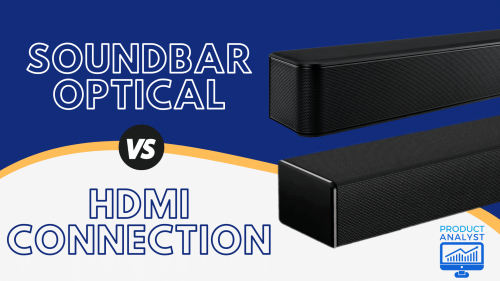
Even if HDMI and optical are both easy audio connections, there are differences between the two that you need to consider. Not knowing which one you need can result in subpar audio, sound delays, and other undesirable issues.
So, we did the hard work for you with this head-to-head comparison.
What to Use When Connecting Your Soundbar: HDMI ARC or Optical?
- Compatible with more input options
- Less signal interference
- Made out of fiber optic strands
- More affordable
- Higher-end audio formats
- Relays video signals
- Higher bandwidth rate
- Flexible placement
Main Differences between HDMI ARC and Optical Connections
Sound Quality
You can use both digital optical or HDMI to relay audio from one device to another. But while they’re both cheap and capable of passing multi-channel audio, HDMI is the better option.
What is HDMI ARC bringing to the table? Higher-end audio formats, including those on Blu-Ray (Dolby TrueHD and DTS HD Master Audio) can be relayed using this connection. Optical cables (a.k.a TOSLINK) don’t support these formats, diminishing the sound quality you get.
This gives the HDMIs one advantage vs optical, especially if you’re an audiophile who wants quality audio. However, that doesn’t mean the latter would give you crappy digital audio. It’s still a good choice if you’re just looking to improve your TV sound.

Don’t get us wrong, there are differences with different surround sound formats, but it’s not that big a deal. Like for example, if your soundbar is a cheap, entry-level rig, you may not know the difference in sound.
However, if you do have a pretty decent soundbar set that comes with a sub and rear speakers, HDMIs would bring out high-quality sound in your device.
So overall, if you’re expecting the a big sound difference from your game console or Blu-ray player, using an HDMI cable is better.
Winner: HDMI
Input Options
When choosing between optical cable vs HDMI, you should check first the type of inputs and ports that you have on the source and your soundbar. Some devices may not support HDMIs, and this is one issue you may run into.
But mostly, game consoles, Blu-ray players, and different source devices have HDMI inputs. Still, there are some TVs and soundbars that don’t. This could be a bummer if you’ve already bought a highly desired soundbar only to find out it doesn’t match.
That said, TOSLINK is better between the two in this round due to compatibility.
Winner: Optical
Placement of Soundbar
Many of us buy new soundbars instead of home theater and AV receiver systems because it’s a low-key solution for big sound. With an HDMI cable, you can stay consistent with this because you can relay an audio or video signal.
On the other hand, a TOSLINK soundbar would need more wires if you want to pass images to your TV. But if you’re just looking to pass sound from a source, optical cables do the job. It’s just that when it comes to soundbar placement, a one-wire set-up is easier to hide.
Winner: HDMI
Construction
They may both be cables, but they’re not actually made using the same material. You might be wondering: what is an HDMI ARC made of anyway?
Well, an HDMI cable, either a mini or a micro HDMI, is made of copper, which is the standard material used for electronic cables because it’s cheap. It has also been in existence for thousands of years. A negative aspect of copper, however, is that it’s prone to electromagnetic interference.
Another way that TOSLINK cables are different from HDMIs is that they’re made of fiber optic strands. Instead of transmitting electrical currents, it passes signals through light. That means less signal interference – making it the clear winner in this round.a
Winner: Optical
Video

One main advantage of HDMI ARC vs optical cables is its ability to relay video signals. This eliminates the need for additional connections like you would have with a receiver. With optical, you would need more wires.
Still, our experts emphasize that there’s a difference between HDMI cables. For instance, the 2.0 standard is good for 4k video up to 60 fps. If you need more than that, the 2.1 type offers 120 fps in 4k. For VR systems, you can even go as far as 60 fps in 8k.
Winner: HDMI
Bandwidth Rates
Bandwidth refers to the amount of information that can be relayed in a specific amount of time. That means the higher the bandwidth, the faster content can be transmitted to a device, resulting in no lag or delay [1].
Generally, HDMI cables have a higher bandwidth rate. It would differ depending on the type you have, but with a 2.0 standard, up to 192 kHz and 32 channels are supported.
For TOSLINK cables, you can only get up to 96 kHz. Because of this limitation, they can’t support 7.1 channels due to the amount of data transfer.
The bottom line is, you have to keep the length of your HDMI cable as short as possible so there’s less signal loss. The longer the cables you connect, the farther the data has to travel. This reduces quality on the way to your device.
Winner: HDMI
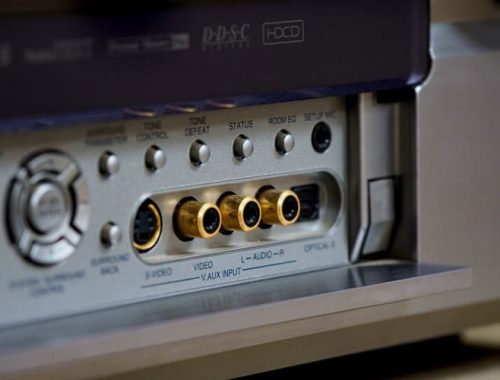
HDMI and Optical Soundbars
Whichever connection you choose in the HDMI vs optical debate, there’s a new soundbar that can be a great addition to your living room. Here are two of our recommendations:
JBL Bar 5.1
The unique design of this HDMI-compatible rig is something not every soundbar provides. Along with a dedicated subwoofer for bass, it has a set of detachable speakers on either side of the soundbar which you can use for rear modules.
The JBL Bar 5.1 channel comes with surround sound, superb passthrough, and Bluetooth connectivity for streaming.
Bose Solo 5
A standalone TOSLINK soundbar, Bose Solo 5 provides a well-balanced sound even without using a subwoofer. It’s a compact-sized speaker that offers clear dialogue and good overall performance for upgrading your TV speakers.
Find more high performing Bose soundbars here.
FAQ
What is the best optical cable for soundbar?
The best optical cable for soundbar is the KabelDirekt Digital Optical Audio Cable . It has 24K gold-plated connectors that eliminate EMI and RFI signals while being corrosion resistant. Plus, it works with multi-channel surround sound as well.
What cable do I need for Dolby Digital sound?
You need an HDMI or optical cable for Dolby Digital sound. However, you would get more support for other digital audio technology with HDMI, including TrueHD, DTS-HD, and DTS:X.
Which connection is best for soundbar?
HDMI connection is best for soundbar set-ups because it’s easy and provides better audio quality.
Can you use optical audio with HDMI?
Yes, you can use optical audio with HDMI if you’re relaying audio through the former and relaying video through the latter.
Is ARC better than optical?
Yes, ARC is better than optical in terms of audio quality and ease of use. While they have the same purpose of transmitting audio from your TV to your soundbar, ARC also relays video and multiple sound formats.
Do you need both HDMI and optical cables?
No, you don’t need both HDMI and optical cables because you can use only one connection from your soundbar to your TV. There are several ways to connect your non-HDMI device to a receiver and still works at the optimum.
Can optical do Dolby Atmos?
No, optical can’t do Dolby Atmos. If your TV is playing Atmos content, the audio will be downmixed because the cables can’t handle the bandwidth.
Can you use HDMI and optical at the same time?
No, you can’t use HDMI and optical at the same time to transfer sound. However, you can have HDMI relaying video while optical handling audio from your receiver.
Overall Winner: HDMI
Overall, HDMI is the better option when connecting a new soundbar to your TV. HDMI cables are cheap, can relay videos, and are capable of passing audio formats like Blu-Ray, Dolby TrueHD, and DTS HD Master Audio.
Seeing intermittent picture and poor audio quality? It may be a sign of a bad HDMI cable, read our guide on how to fix bad HDMI cable in your home theater system.
The post Soundbar Optical VS HDMI appeared first on The Product Analyst.
from The Product Analyst https://theproductanalyst.com/soundbar/optical-vs-hdmi/
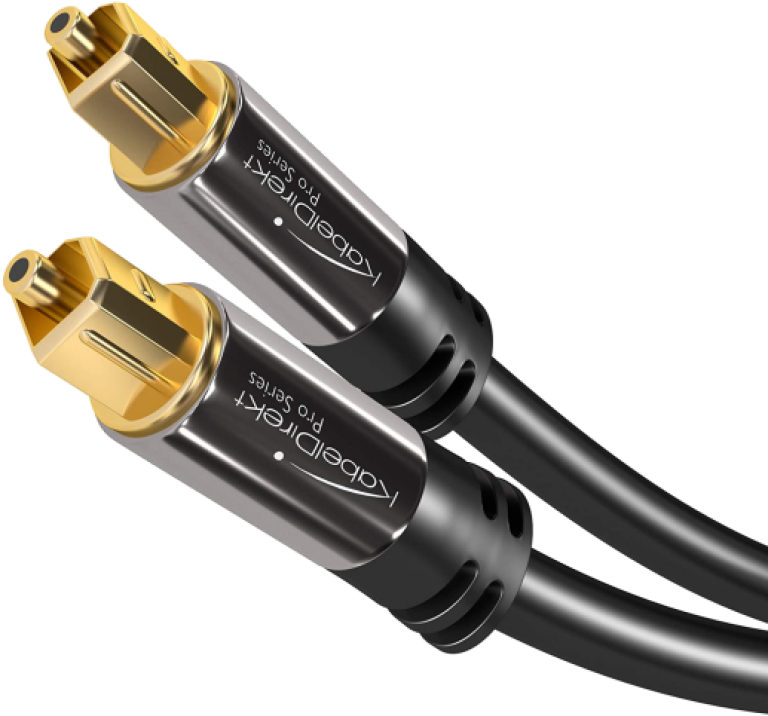
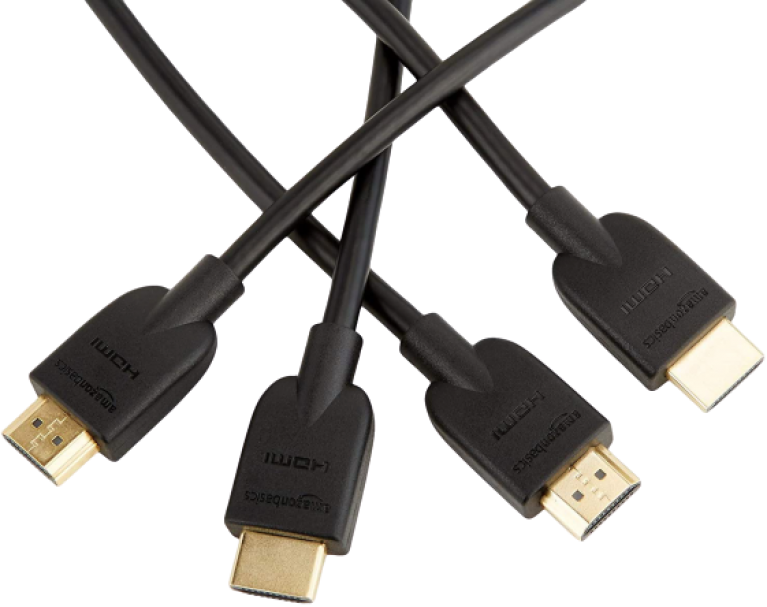


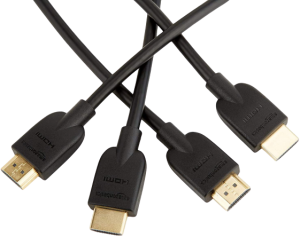
No comments:
Post a Comment